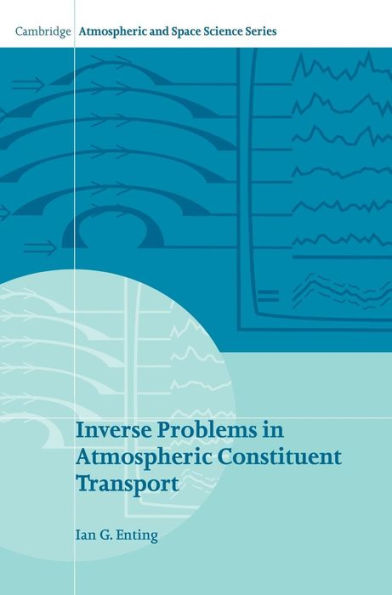Inverse Problems in Atmospheric Constituent Transport
This book describes mathematical techniques for interpreting measurements of greenhouse gases in order to learn about their sources and sinks. The majority of the book gives general descriptions of techniques, but the last third covers the applications to carbon dioxide, methane, chlorofluorocarbons and other gases implicated in global change.
1121800967
Inverse Problems in Atmospheric Constituent Transport
This book describes mathematical techniques for interpreting measurements of greenhouse gases in order to learn about their sources and sinks. The majority of the book gives general descriptions of techniques, but the last third covers the applications to carbon dioxide, methane, chlorofluorocarbons and other gases implicated in global change.
223.0
In Stock
5
1

Inverse Problems in Atmospheric Constituent Transport
410
Inverse Problems in Atmospheric Constituent Transport
410
223.0
In Stock

Product Details
| ISBN-13: | 9780521812108 |
|---|---|
| Publisher: | Cambridge University Press |
| Publication date: | 06/20/2002 |
| Series: | Cambridge Atmospheric and Space Science Series |
| Pages: | 410 |
| Product dimensions: | 7.20(w) x 10.08(h) x 0.98(d) |
About the Author
From the B&N Reads Blog
